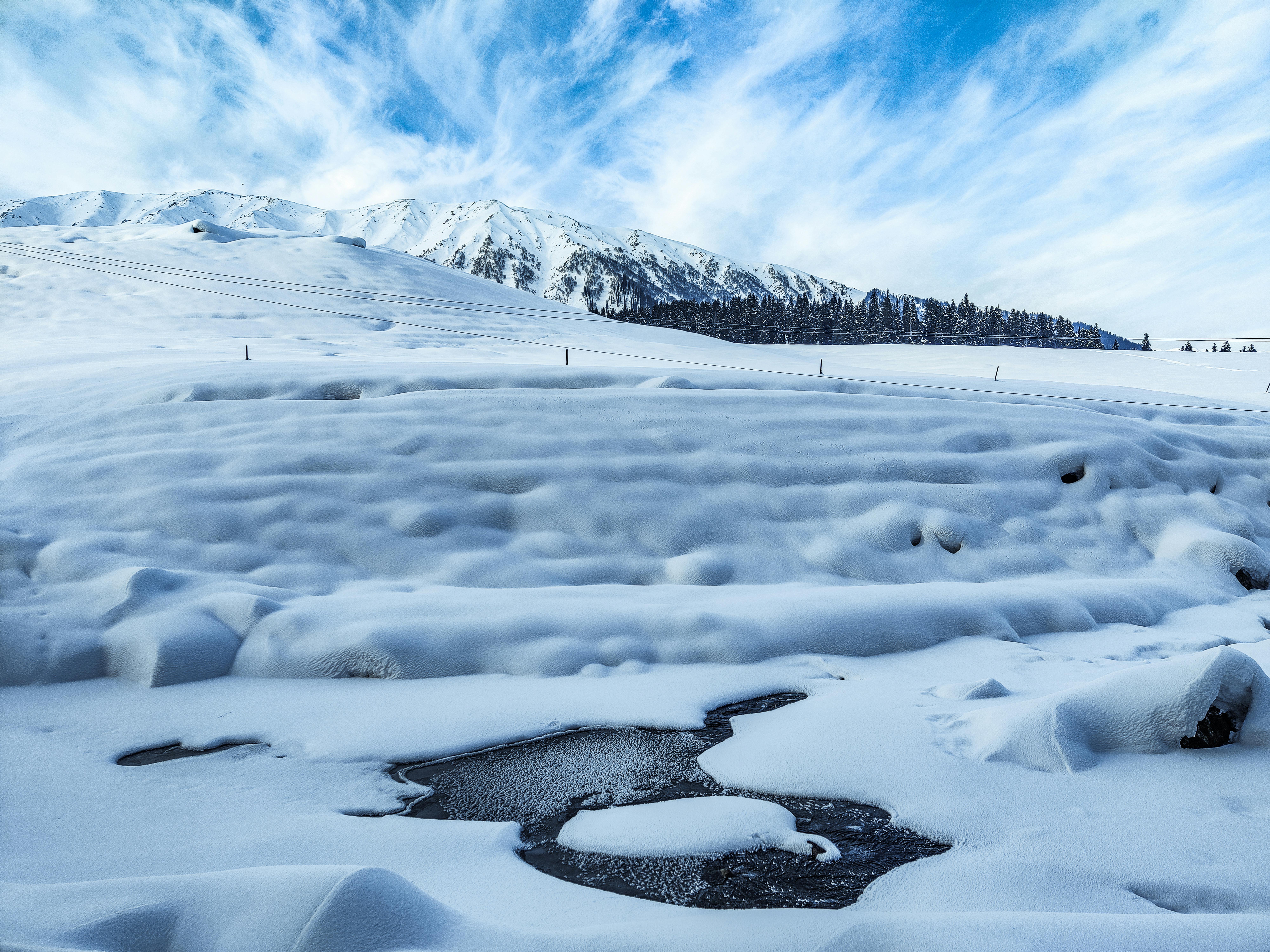How To Distill Water at Home
Distilling water at home is an easy process that can provide you with a clean and potable drinking water. The process involves boiling the water and then condensing the steam back into liquid form. This is a simple and practical way of getting rid of unwanted contaminants from your drinking water. Here are the steps to follow when distilling water at home:1. Start by gathering all the necessary supplies which include a large pot, a smaller bowl, a wooden spoon, and something to collect the distilled water in. Make sure that all the materials are clean.
2. Fill the large pot up with tap or well water and place it on your stovetop over medium heat. Make sure that there is enough room between the surface of the water and top of the pot for steam to rise.
3. Place your smaller bowl upside down in the middle of the pot so that it acts as a lid for it. You can secure it by placing a wooden spoon over its edges.
4. Let the water boil until you see steam
Boiling Point of Water & Other Liquids
The boiling point of a liquid is the temperature at which it transitions from liquid to gas. Water boils at 100°C (212°F) under normal atmospheric pressure. This is known as the atmospheric boiling point. At lower pressures, such as in a vacuum, water can boil at temperatures lower than 100°C. Liquids other than water may have different boiling points, depending on their chemical composition and the surrounding pressure and temperature.For example, the boiling point of ethanol is 78.5°C (173.3°F). Ethanol boils at a lower temperature than water because its molecules are smaller and held together by weaker van der Waals forces. This means that it takes less energy to break apart the molecules and turn them into vapor. The opposite is true for compounds with larger molecules, such as glycerol, which has a boiling point of 290°C (554°F).The boiling point of a liquid also depends on the surrounding pressure and temperature. As pressure increases, the boiling point of that liquid will increase as well. For example, water will boil at 103°C (217°Boiling vs. Distilling Water
Boiling and distilling water are two common methods used to purify water for drinking. The two processes differ in the way they remove impurities and the end result of each process. Boiling relies on heat to kill bacteria, viruses, and other microorganisms while distillation uses condensation to separate pure water from contaminants.When boiling water, it is heated to a temperature of 212°F (100°C). This temperature is hot enough to kill microorganisms. However, boiling does not remove certain contaminants such as heavy metals, salts, and other dissolved solids. Boiled water must be filtered or strained through a cloth or paper towel in order to remove these impurities.Distillation works by boiling the water and then capturing the steam produced in a separate container. As the steam cools, it condenses back into liquid form and is collected in the separate container as pure distilled water. This process removes most of the minerals, salts, and other contaminants that boiling alone cannot remove.In summary, boiling is an effective way to kill bacteria and viruses but it does not always remove all impurities from theHow to Calculate the Boiling Point of Water
Calculating the boiling point of water is an important skill for any scientist, chef, or home cook. Knowing the boiling point of water can help you understand how different factors like pressure and temperature affect the boiling point. The boiling point of water is easy to calculate with a few simple steps.The first step in calculating the boiling point of water is to determine the atmospheric pressure at your location. This is important because atmospheric pressure affects the boiling point of water. You can check your local weather report or use a barometer to measure atmospheric pressure.
Once you know the atmospheric pressure, you can calculate the boiling point of water using a conversion chart or an online calculator. The chart will show you how many degrees Celsius (°C) or Fahrenheit (°F) are required to reach the boiling point for a given atmospheric pressure.
Finally, you can use your calculated boiling point as a reference when cooking food or conducting experiments with water. Knowing and understanding this information can help you cook dishes perfectly every

Is There a Specific Temperature To Distill Water?
Yes, there is a specific temperature to distill water. The temperature at which water boils and becomes vapor is known as the boiling point. The boiling point of water is 212°F (100°C), so this is the temperature at which water should be distilled. When water is heated to this temperature, it will begin to evaporate, leaving behind any impurities or contaminants that may be present in the water. The vapor will then travel through a tube or pipe and condense back into liquid form, leaving behind any impurities that were in the original water sample. This process can be repeated multiple times to ensure that all of the impurities are removed from the water sample.Distilling water can also be done at temperatures lower than 212°F (100°C), but it is not recommended for most applications. When temperatures are too low, some of the impurities may remain in the distillate, and this could lead to potential health risks if consumed. Additionally, lower temperatures require more time for distillation, making it more tedious and less cost-effective than distilling at higher
Effects of Altitude on Boiling Point of Water
The boiling point of water is a temperature at which the liquid water changes into a gaseous state. This temperature is highly dependent on the atmospheric pressure. As atmospheric pressure decreases, the boiling point of water also decreases. This means that when we go to higher altitudes, the atmospheric pressure becomes lower, and so the boiling point decreases too.At sea level, water boils at 100°C (212°F), while at an altitude of 5,000 feet (1,524 m) it boils at 93°C (199°F). At 10,000 feet (3,048 m) it boils at 87°C (189°F), and at 15,000 feet (4,572 m) it boils at 80°C (176°F). That means that for every 1,000 feet increase in elevation above sea level, the boiling point of water decreases by an average of 3.5 °C or 6.3 °F.The decrease in boiling point is not uniform across different altitudes; it depends on factors such as humidity and air temperature. For example, if the airCan Epsom Salts Be Effectively Used in Water Distillation at Low Temperatures?
Research into the effectiveness of epsom salts revealed promising results in water distillation processes, particularly at low temperatures. Their unique properties can help in promoting the separation of impurities from water, enhancing clarity and purity. This approach offers a potential eco-friendly alternative for water treatment methods.
Is It Possible to Distill Water Safely at the Right Temperature Without Using Heat?
Alternative distillation methods without using heat, such as solar distillation, harness natural energy to purify water. This technique utilizes sunlight to evaporate water, allowing it to condense on cooler surfaces, ensuring a safe and environmentally friendly approach. These methods are increasingly popular for sustainable water purification solutions.
What Is the Ideal Temperature for Distilling Water After Boiling?
Finding the ideal temperature for distilling water after boiling is crucial for effective purification. Typically, boiling water reaches 100°C, but maintaining that temperature for a bit allows certain impurities to evaporate. Understanding how to boil water for distillation ensures you achieve the cleanest water possible during the process.
The Benefits of Distilled Water
Distilled water is one of the purest forms of water available. It is created through a process known as distillation, which involves boiling the water and collecting the steam that is produced. The steam is then cooled and condensed back into a liquid form, leaving behind any impurities or contaminants that may have been present in the original water source. This process results in a clean and pure product that can be used for a variety of purposes. Here are some of the benefits of using distilled water:One benefit of distilled water is that it is free from impurities, such as heavy metals, chlorine, and other chemicals that can be found in tap water. By removing these contaminants, distilled water is much healthier than regular tap water. Additionally, it has fewer minerals than other types of bottled waters, which makes it ideal for those who are health-conscious or have mineral-sensitive diets.
Another advantage of using distilled water is its long shelf life. Since there are no minerals or other contaminants present in distilled water, it will not spoil or go bad like other types of bottled waters may do. This makes

Conclusion
Distilling water is a simple and effective way to purify water for both drinking and other uses. Depending on the type of water to be distilled, the temperature at which it is distilled can vary. In general, 100°C (212°F) is the ideal temperature for boiling most types of water. Boiling at this temperature will result in pure, contaminant-free water. However, some special cases may require different temperatures. For example, sea water requires a higher boiling point than fresh or tap water. Regardless of what type of water is being distilled, it is important to use the correct distillation temperature for optimal purity and safety.In summary, distilling water is a simple process that can be used to produce clean and safe drinking water. The ideal temperature for distilling most types of water is 100°C (212°F). However, special cases such as sea or other highly contaminated waters may require different temperatures. When distilling any type of water it is important to use the correct temperature for optimal purity and safety.

